I. Which compound has the fasterct rate of reaction with HCl ?
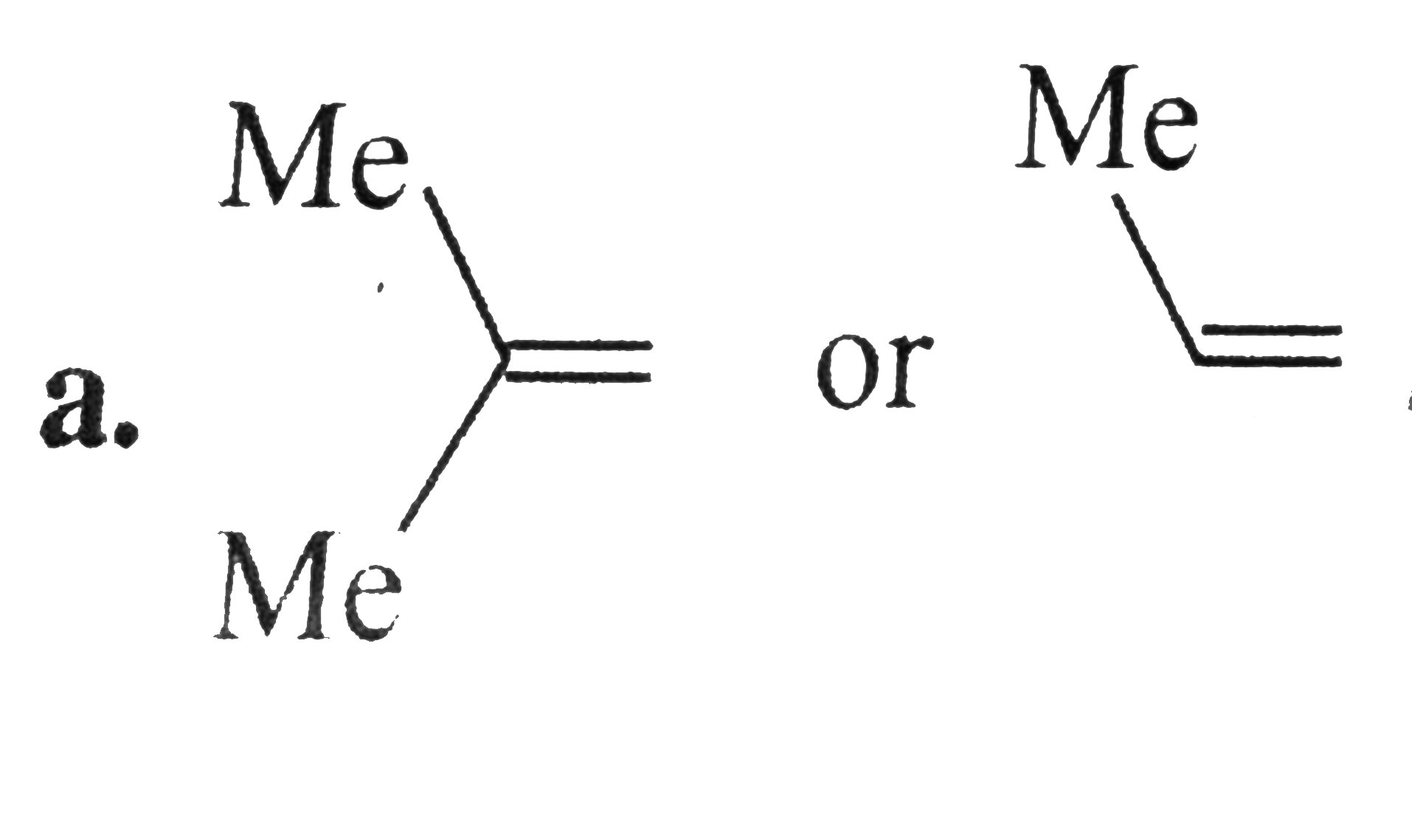

II. Two compounds (C8H15Br) are formed when 1.6− dimethycycothexene reacts with HBr in dark and are formed from 1.2− dimethylcyclohexene. What are these two compounds?
III. A hydrocarbon (Mw=70) gave only on monochloro-derivatives on photochemical chlorination. Name both the compound.
IV. Among the isomerc alkanes of MF(C5H12) identify the one that on photochemical chlorination yields:
a. A single monochloride
b. Three isomeric derivaties
c. Four isomeric derivaties
Text Solution
I. 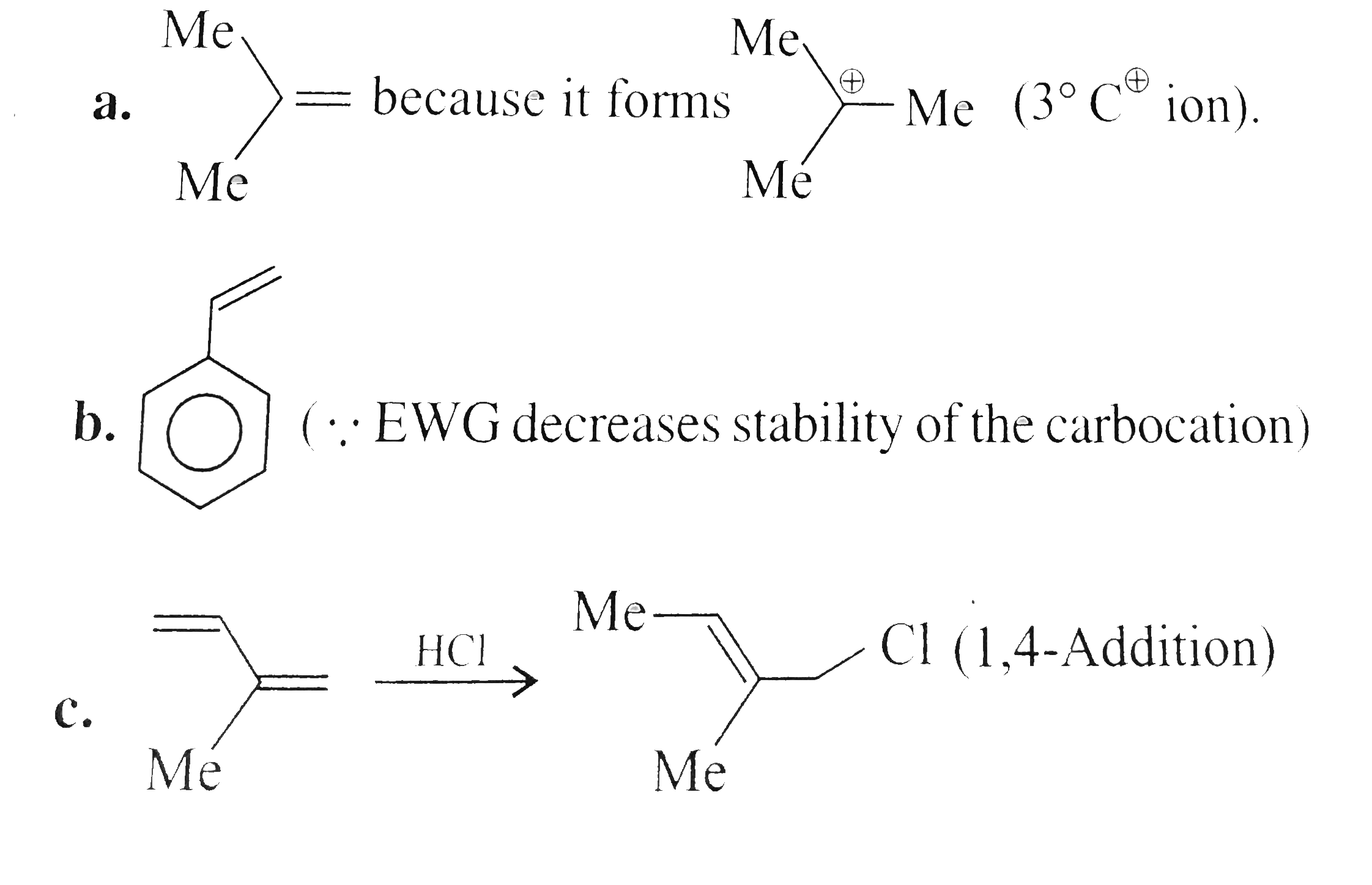
II. 
III. H.C.(Mw=70). It should have C5
If it is C5H12Mw=60+12=72
If it is C5H10.Mw=60+10=70.
So it should be C5H10.[Ithas1^(@) of unsaturation.
It cannot be alkene
SInce it is an alkane,
so it si cyclic,]
IV. 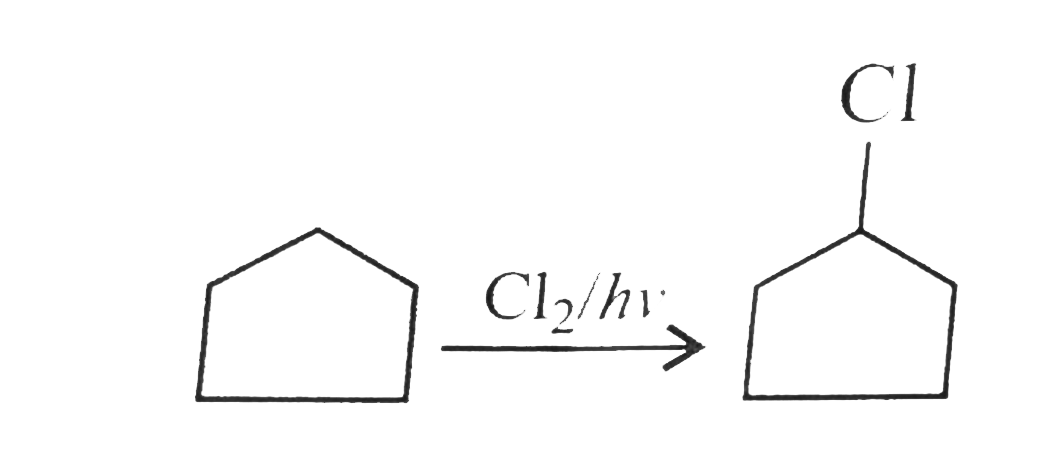
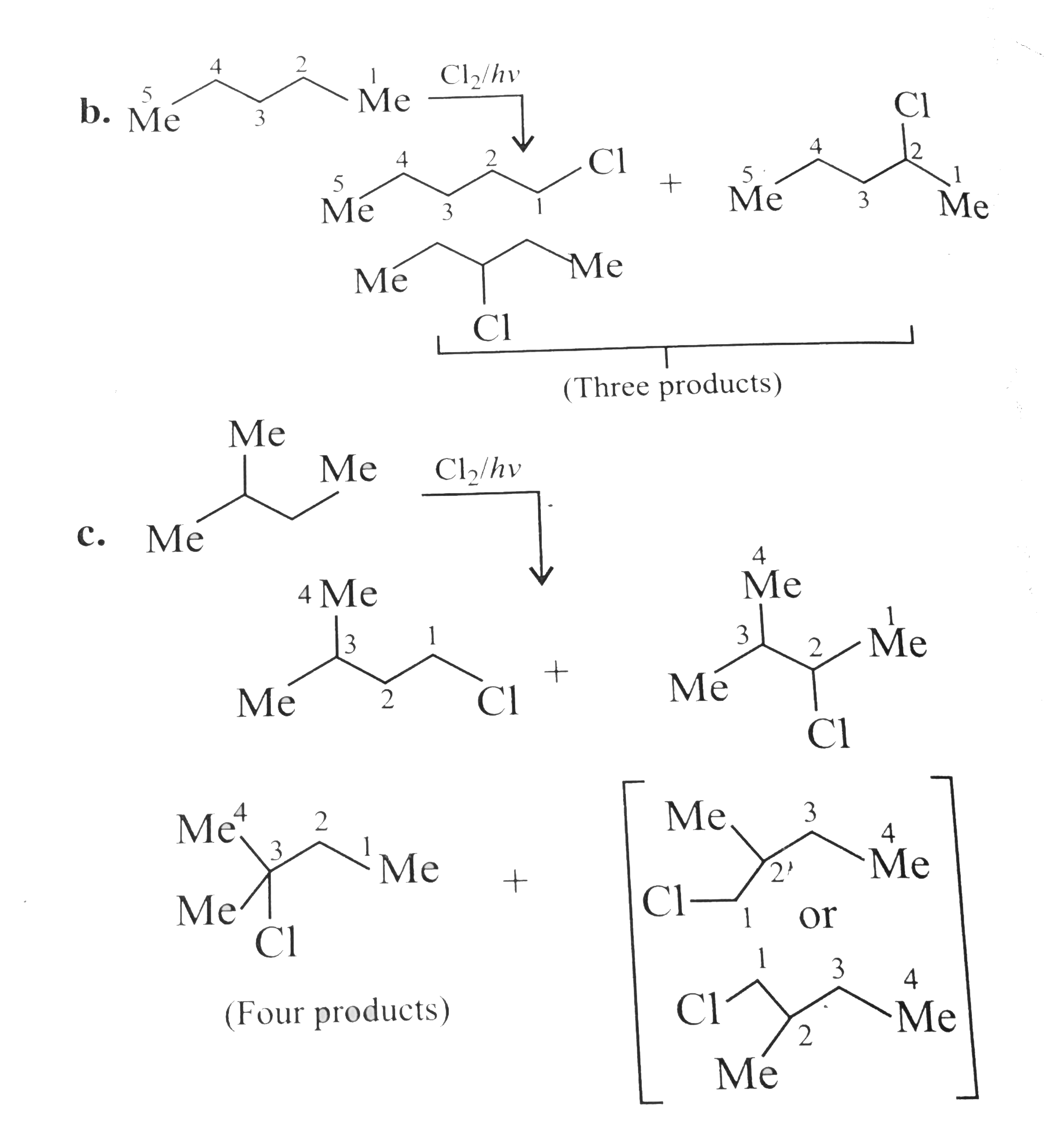
|
Topper's Solved these Questions
- AROMATIC COMPOUNDS AND ALKYL AND ARYL HALIDES BOOK - CENGAGE CHEMISTRYCHAPTER - AROMATIC COMPOUNDS AND ALKYL AND ARYL HALIDES EXERCISE - Exercises Subjective Type
4 Videos
- AROMATIC COMPOUNDS AND ALKYL AND ARYL HALIDES BOOK - CENGAGE CHEMISTRYCHAPTER - AROMATIC COMPOUNDS AND ALKYL AND ARYL HALIDES EXERCISE - Exercises Subjective
17 Videos
- AROMATIC COMPOUNDS AND ALKYL AND ARYL HALIDES BOOK - CENGAGE CHEMISTRYCHAPTER - AROMATIC COMPOUNDS AND ALKYL AND ARYL HALIDES EXERCISE - Solved Examples
21 Videos
- APPENDIX INORGANIC VOLUME 2BOOK - CENGAGE CHEMISTRYCHAPTER - APPENDIX INORGANIC VOLUME 2EXERCISE - Short Answer Type
179 Videos
- BIOMOLECULESBOOK - CENGAGE CHEMISTRYCHAPTER - BIOMOLECULESEXERCISE - Exercises Archives (Analytical And Descriptive)
8 Videos
Similar Questions
Knowledge Check
An alkane with the molecular formula C6H14 forms only three monochloro derivatives on chlorination. The name of the alkane is
AneohexaneB3-methylpentaneC2,3-dimethylbutaneDisohexaneCompound A(C6H12) does not absorb H2 in presence of Ni. It forms two monochloro isomers on photochemical chlorination . Its structure can be
A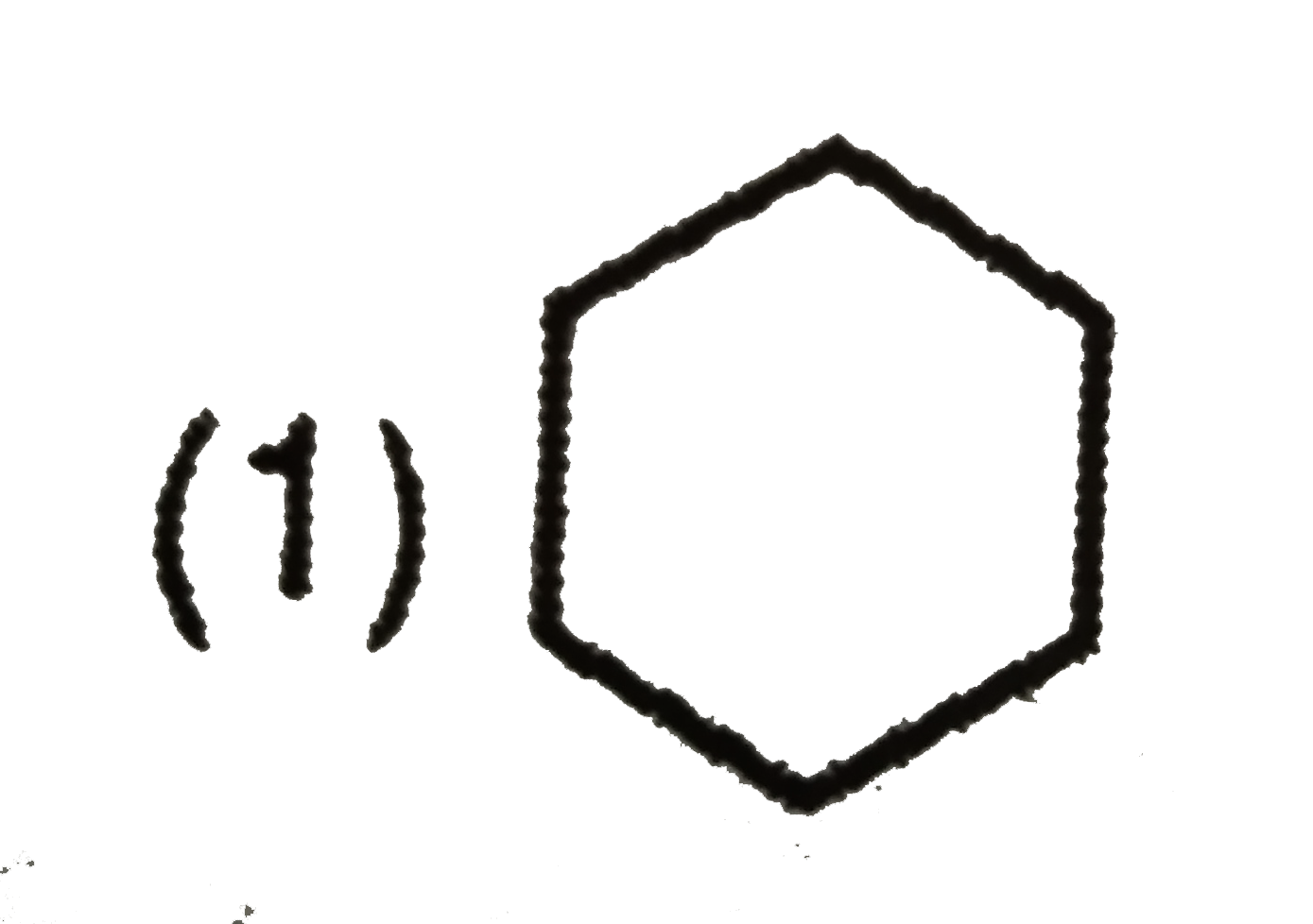 B
B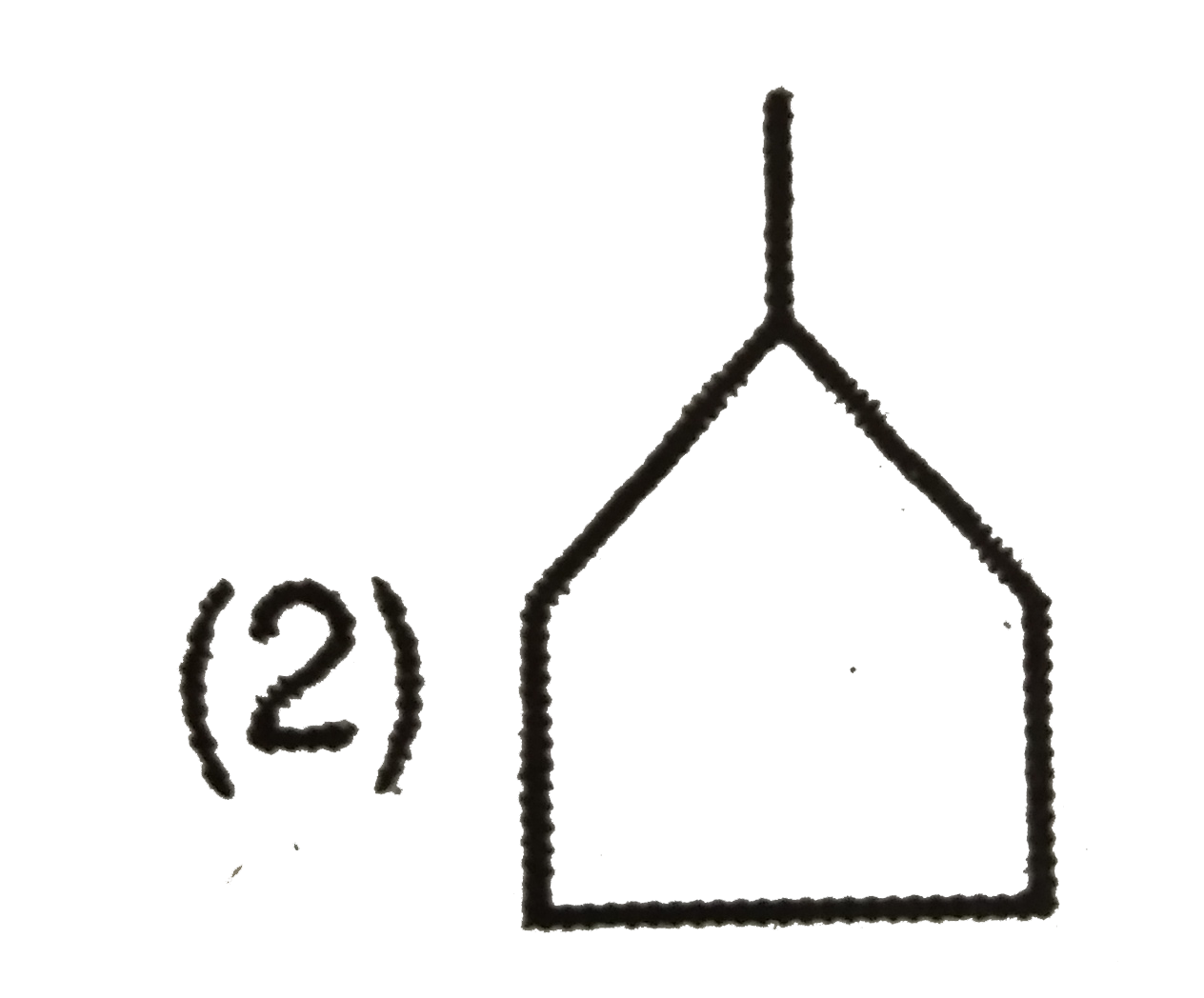 C
C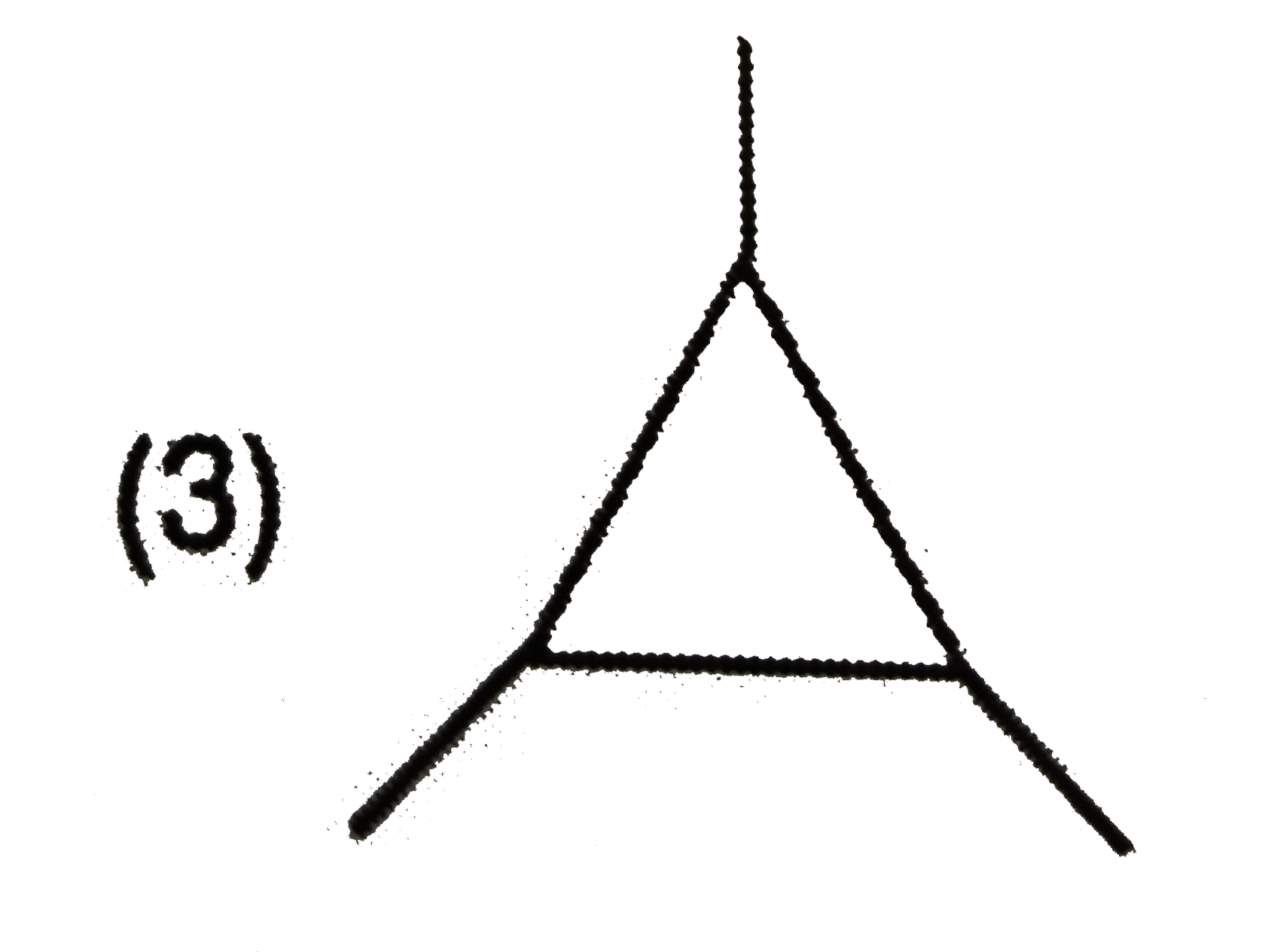 D
D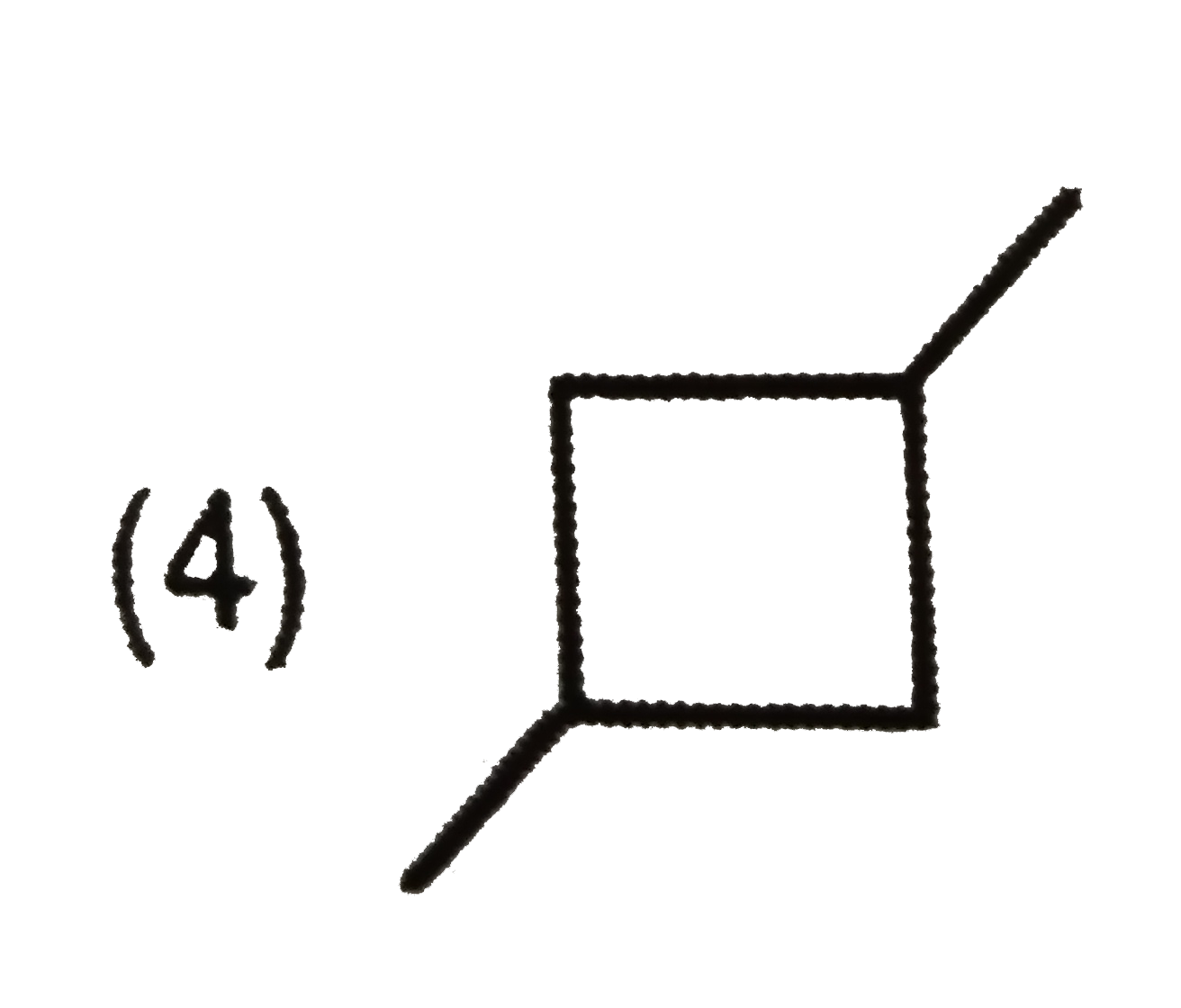
Reaction between two compounds to form a new compound.
AcombinationBdecompositionCsingle displacementDdouble displacement
Compound A C6H12 forms two monochloro isomers on photochemical chlorination. Its structure can be :
View SolutionCompound A(C6H12) does not absorb H2 in presence of Ni. It forms two monochloro isomers on photochemical chlorination . Its structure can be
View SolutionA hydrocarbon C5H10 does not react with chlorine in dark but gives a single monochloro compound C5H9Cl in bright sunlight. Identify the hydrocarbon .
View SolutionWhich of the following compound has only two isomeric monochloro derivates?
View SolutionCompound A(C6H12 does not absorb H2 in presence of Ni. It forms two monochloro isomers on photochemical chlorination. Its structure can be :
View Solution
